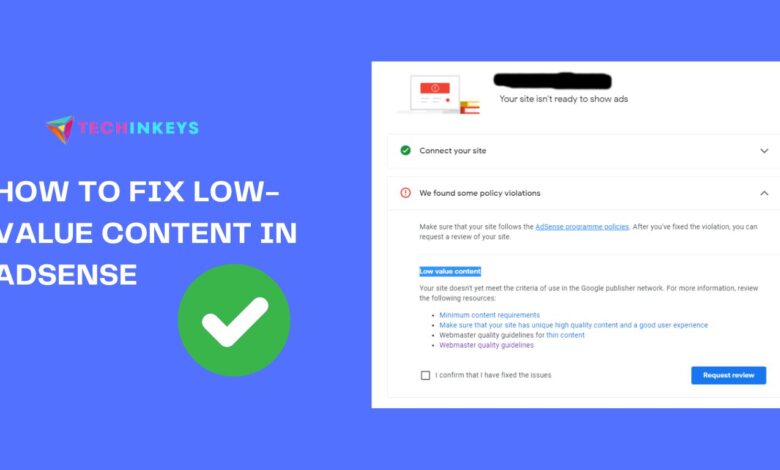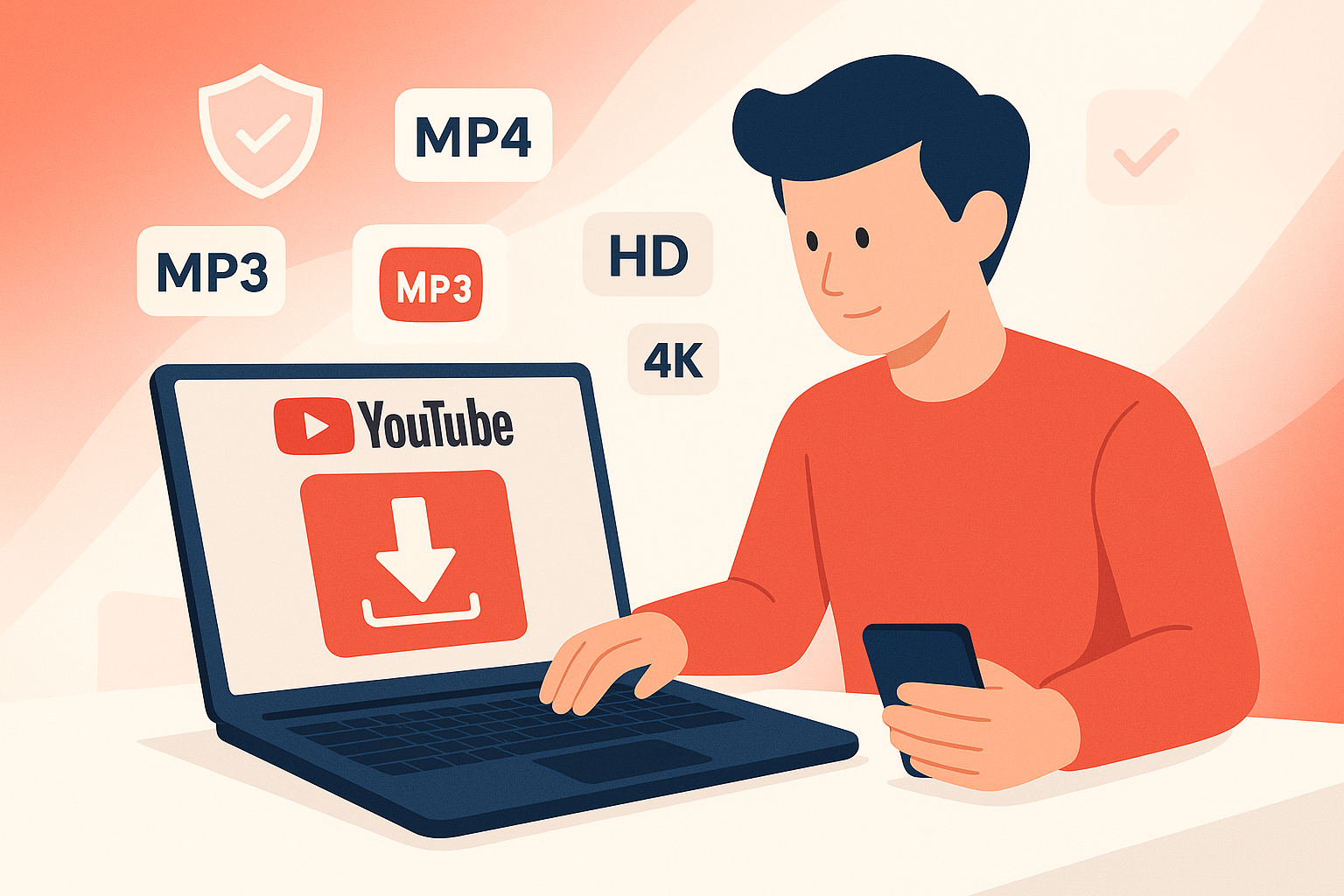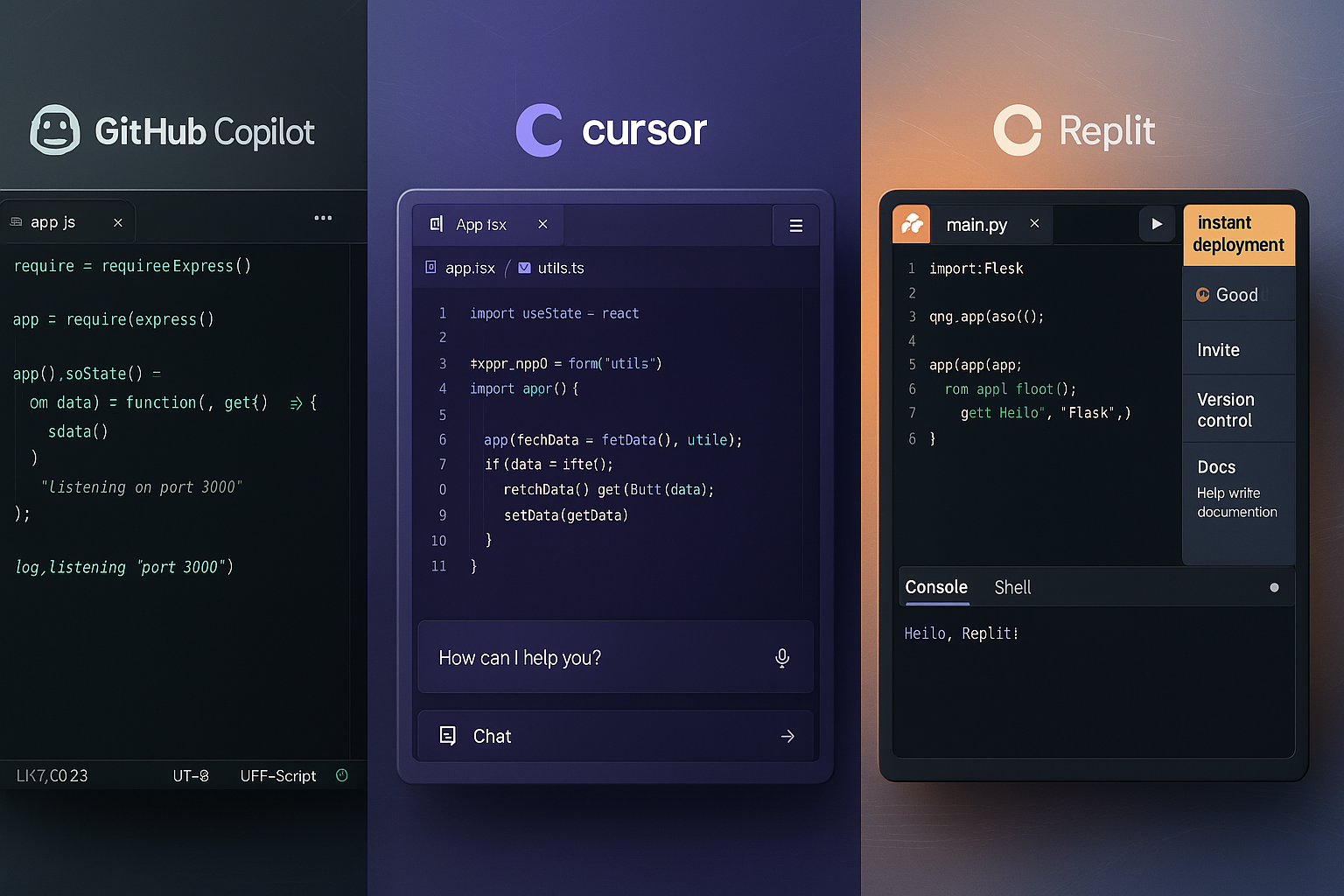How to Fix Low-Value Content in Adsense: (Ultimate Guide 2024)
You have been experiencing "Low Value Content" warnings from Google AdSense; it's frustrating and affects your revenue from the site. Google loves high-quality, unique content that's really going to benefit the user.

You have been experiencing “Low Value Content” warnings from Google AdSense; it’s frustrating and affects your revenue from the site. Google loves high-quality, unique content that’s really going to benefit the user.
If this isn’t the case, you’ll ultimately see fewer ads, lower click-through rates, and lower revenue.
In this article, you will find actionable steps toward fixing low-value content in AdSense to increase the earnings of your website.
Google AdSense Policy Awareness
Google AdSense has strict content policies that are shown to ensure the quality of its network. The major AdSense policies include:
- Original Content: Not copied, nor scraped.
- Value and Utility: Fulfil users’ needs and relevant questions they ask.
- Prohibited Content: Any material that deals with adult content, violence, or copyright.
It does therefore identify the low-value content problems. A user-centered content strategy will drive Google’s algorithms. It is therefore almost commonplace to optimize with everything considered.
Why Quality of Content Matters in AdSense
The more attractive your high-quality content is to visitors, the more time users spend on your site, and the higher the chances of an ad interaction.
When your content holds value and is interesting, Google favors it with more relevant ads. You can further optimise this increased potential to earn. On the other hand, when you have low-value content, you face:
- Fewer ads
- Lower CPC
- Lower user engagement
This is, in fact, a direct connection to ad performance, so it’s a big step forward toward achieving maximum AdSense earnings.
Detection of Low-Value Content on Your Site.
Find out which pages on your website Google might consider low-value. Here are some typical signals:
- Thin Content: Content that uses very few words and is less than 300 words can be considered “thin” and of little value.
- Duplicate Content: Pages that closely resemble content on your site or other websites can negatively impact ranking and AdSense performance.
- Irrelevant or Outdated Topics: Users will not be interested in topics that are no longer relevant to an existing user base or that are themselves outdated.
- Low engagement metrics, such as high bounce rates, minimal time spent on the page, or low social shares, may suggest that the content is not valuable to its users.
For example, using Google Analytics and Google Search Console, you will be able to find low-performing pages. That’s a way to develop your roadmap.
How to Improve the Quality of Content with AdSense
Originality and high-quality content
While improving quality, the first priority should be originality and relevance. Make sure your content is helpful and answers the user’s question.
Utilize the Keyword Planner or Ahrefs to conduct research and identify relevant keywords for your content.
- Creating in-depth content
- Target 800-1500 words to discuss the topic elaborately and give value beyond competition.
- Using relevant keywords
- Keyword optimization attracts the targeted audience.
- Avoid overusing keywords in the title, headings, and body. Use keywords in titles, headings, and in the content where appropriate.
- Target Long-Tail Keywords: Long-tail keywords, such as “how to fix low-value content AdSense”, typically have less competition and are sought after by users seeking such information.
Enhance the Site Design and User Experience.
User experience (UX) significantly influences how users interact with your site. Poor site design and UX may also negatively impact your AdSense revenue.
- Optimise Page Speed: A slow page increases bounce rates. Optimize load times with Google PageSpeed Insights and more.
- Make the content readable: Use headers and bullet points along with short paragraphs for ease of reading.
- Ensure Mobile Optimization: Most will access content on mobile. Ensure that your website is responsive and optimized for mobile devices.
Additional multimedia to hook the audience
Using multimedia in your content can make it more presentable and interesting to users for an extended period of time.
- Use Images and Videos: Visual information can increase user engagement and help them understand complex information better.
- Infographics and Charts: When using data-based content, add charts or infographics to make information look attractive.
Refreshing and Updating old Content.
Updating old content on a regular basis can revive under performing pages.
- New Information: Refresh outdated information and add insights relevant to current trends.
- Optimize with Fresh Keywords: Revamp outdated content by making it relevant with fresh keywords.
- Utilize Old Content in New Formats: You can transform blog posts into videos or infographics to potentially reach a new audience.
Common Content Mistakes to Avoid
Some content mistakes create an impression of low-quality content. Avoid:
- Clickbait Headlines: Clickbait headlines can generate clicks, but if your content fails to meet this promise, you may face high bounce rates.
- Too many ads can diminish a user’s attraction and undermine the credibility of the site.
- Malinformation: All content needs to be accurate, reliable, and up to the expectations of users in order to build trust as well as maintain interest.
Ongoing Monitoring for Quality Content and Ad Performance.
Content optimization is not a one-time deal but rather a continuous monitoring process.
- Monitor with Analytics: Use Google Analytics to monitor page views, session durations, and bounce rates.
- Track AdSense Metrics: Monitor AdSense metrics on CPC, CTR, and RPM (Revenue per Thousand Impressions).
- Listen to User Feedback: Pay attention to comments, shares on social networks, and feedback for spots of improvement in your content.
By monitoring these metrics, you can then tweak your content strategy to increase your user experiences and ad performances at all times.
Conclusion
Low-value content needs fixing through an approach that emphasizes quality and relevance, as well as user engagement. Conducting a content audit, optimising SEO, improving UX, and regularly updating content can transform low performing pages into value-generating assets for AdSense revenue growth. In the end, you should have a user-friendly website that keeps them engaged as they interact with ads.
FAQs
1. What’s low-value content for Google AdSense?
Low-value content includes duplicate, thin, irrelevant, or outdated topics and content that lacks user engagement. AdSense values original, informative, and user-centered content.
2. How can I improve my AdSense earnings with better content?
Original, comprehensive content, the application of relevant keywords, optimal UX, as well as multimedia, enhance the value of content, increase user involvement, and, respectively, AdSense revenue.
3. Does updating old content help with AdSense issues?
Yes, refreshing old information with new, current information and keywords could bring good value, allowing for better advertisement placement and increased user engagement.
4. Site speed, and why is it important to AdSense?
Slow loading pages can lead to high bounce rates, which can negatively impact user engagement and ad revenue from the site. Optimizing the speed of the site will enhance the user experience and increase the likelihood of retaining visitors.
5. How often should I audit my content to optimize it for AdSense?
The quarterly content audit would identify low-value content, improve it, optimise it according to trends, and enhance the user experience.



